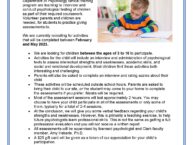Clark University has tracked Greenhouse Gas (GHG) Emissions since 2008, an2 in 2015 we have met and surpassed the goals of our Climate Action Plan.
Total 2015 emissions were up 4.84 percent from total 2014 emissions. This data includes yearly differences like weather, campus activities, and energy generation. Clark’s largest GHG emission source is fuel used to produce heat and electricity, followed by fuel use from faculty and staff commuting and air travel. Total electricity usage on campus decreased in 2015 by 2.7 percent from 2014 levels.
Clark has reduced total emissions more than 35 percent since the 2005 base year. On our current path, we are not on target to meet our ultimate Climate Action Plan goal of carbon neutrality (zero emissions) by 2030. From the Climate Action Plan Update: 2015, just published by Sustainable Clark: “Although we have reached and to date retained our interim goal, it is clear that business as usual for the next 14 years will not achieve the end goal of the Climate Action Plan. Continued expansion of the University combined with continuing unstable weather patterns make achieving our 2030 goal of carbon neutrality extremely challenging without addressing significant behavioral, habitual and technological inputs as a community, and without investing in them financially, operationally and personally.”
To learn more about what Clark’s sustainability initiatives are, visit Sustainable Clark.
Jenny Isler, MBA
Director of Sustainability, Clark University
Elizabeth Kubacki
Graduate Assistant, Sustainable Clark MBA/M.S. Environmental Science & Policy ’18






